Scientists believe that 8.7 million species of animals in the world have so far been classified. And, despite their best efforts, it’s estimated that there are still 5 million species to be described. However, not all of these are well-known or thoroughly studied. There are even more that, while classified, are animals scientists know little about, which means the average person knows even less about them.
From insects to deep-sea creatures, some animals have only been seen in the wild once or twice or haven’t been discovered at all, hiding in remote places of the world. Some animals, thought to be extinct, have even popped up on occasion.
You may know many common animals, like tigers, bears, and dolphins, but there are plenty of animals in the world you’ve never heard of, or know little about. Keep reading through to find out more about 26 animals that scientists know little about.
1. Madagascar Serpent Eagle (Eutriorchis astur)
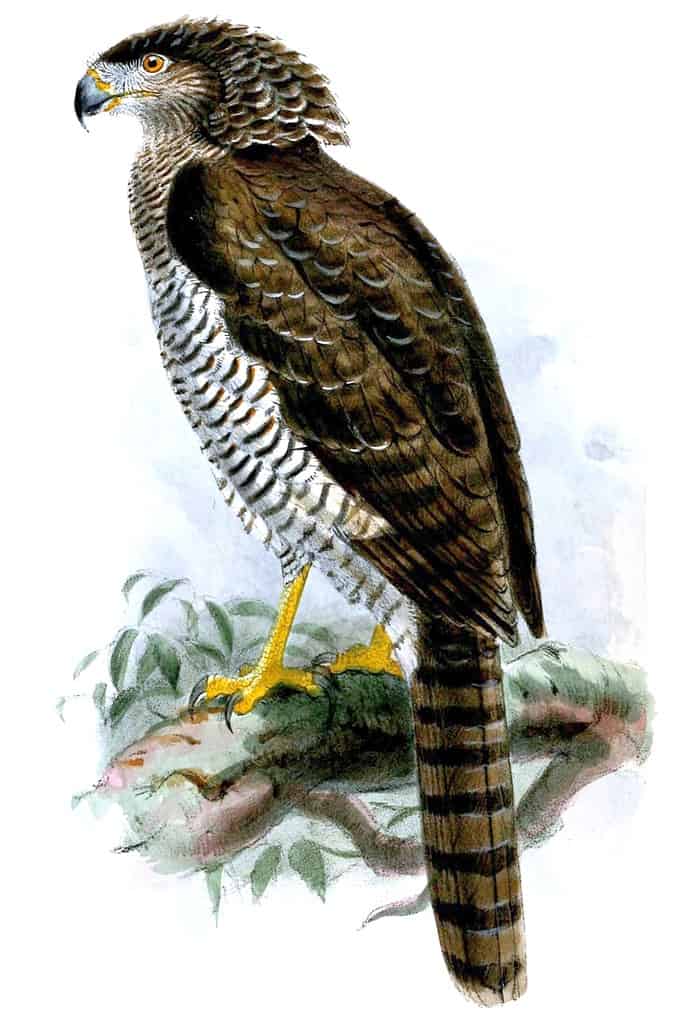
These birds are found in Madagascar.
This bird was thought to be extinct in the 1930s and then was rediscovered in 1993 by the Peregrine Fund.
2. Mountain Gorilla (Gorilla beringei beringei)
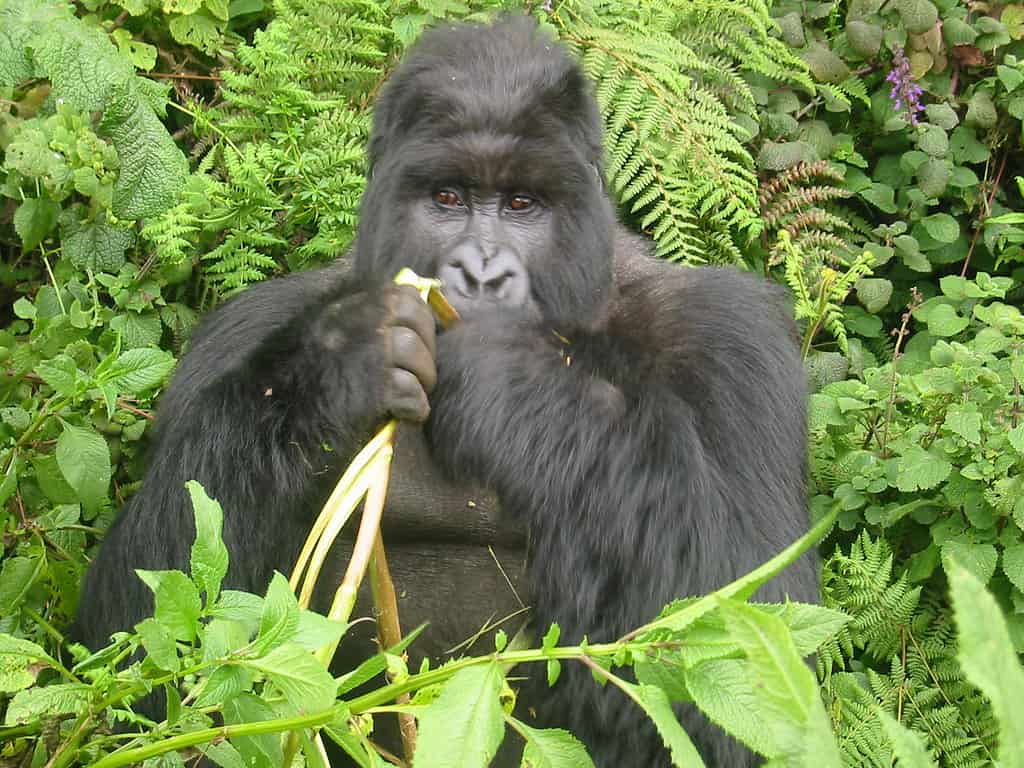
There are estimated to be over 1,000 individuals.
There are only two populations of mountain gorillas. One is found in the Virunga volcanic mountains and Bwindi Impenetrable National Park.
3. Caecilian (Gymnophiona)
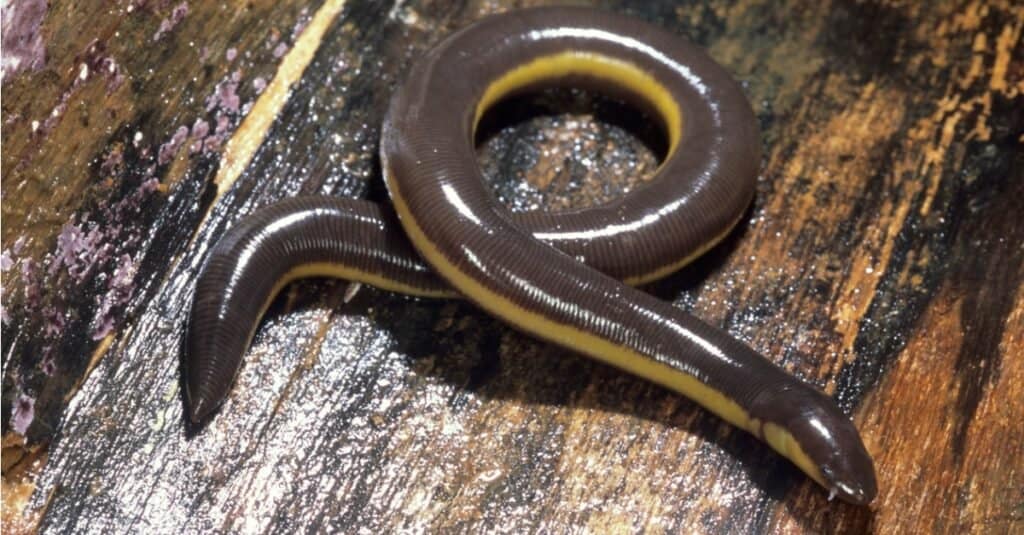
There is quite some diversity between species, such as one without lungs.
©iStock.com/ePhotocorp
Caecilians may look like worms, but they’re actually amphibians.
4. Diabolical Ironclad Beetle (Phloeodes diabolicus)
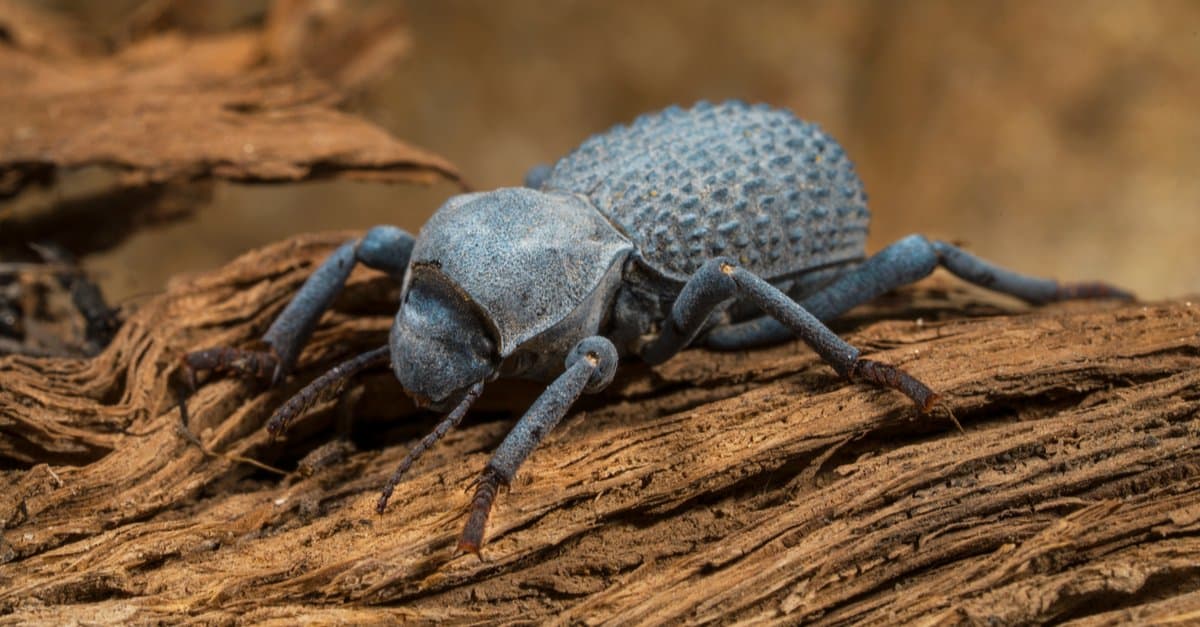
This beetle can handle up to 149 newtons of force unscathed.
©GypsyPictureShow/Shutterstock.com
These are tiny beetles, less than three inches long, but they are very tough and have long lifespans.
5. Batfish (Ogcocephalidae)

There are about 60 species of
batfish
.
©Joe Dordo Brnobic/Shutterstock.com
Batfishes often have heads that are flat and slim and often have lumps on the spine.
6. Salp (Salpidae)
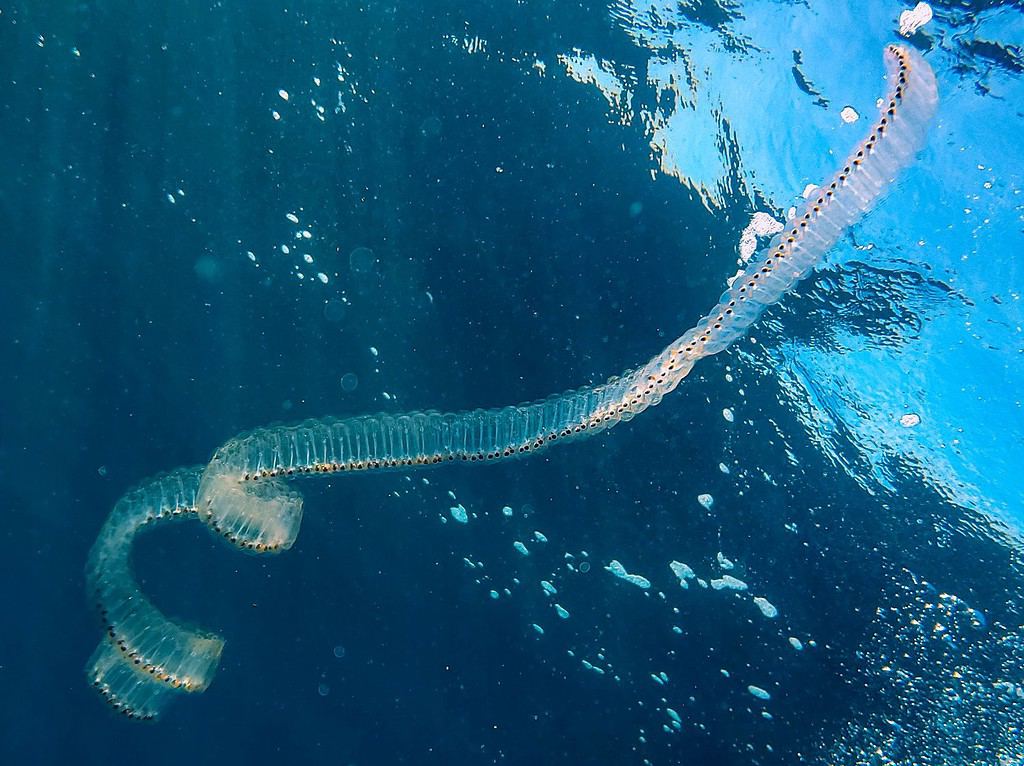
Salps also have the common name “sea grape.”
©Timmothy Mcdade/Shutterstock.com
These animals, though relatively unknown, aren’t rare, found near the surface in cold and temperate seas.
7. Barreleye Fish (Opisthoproctidae)
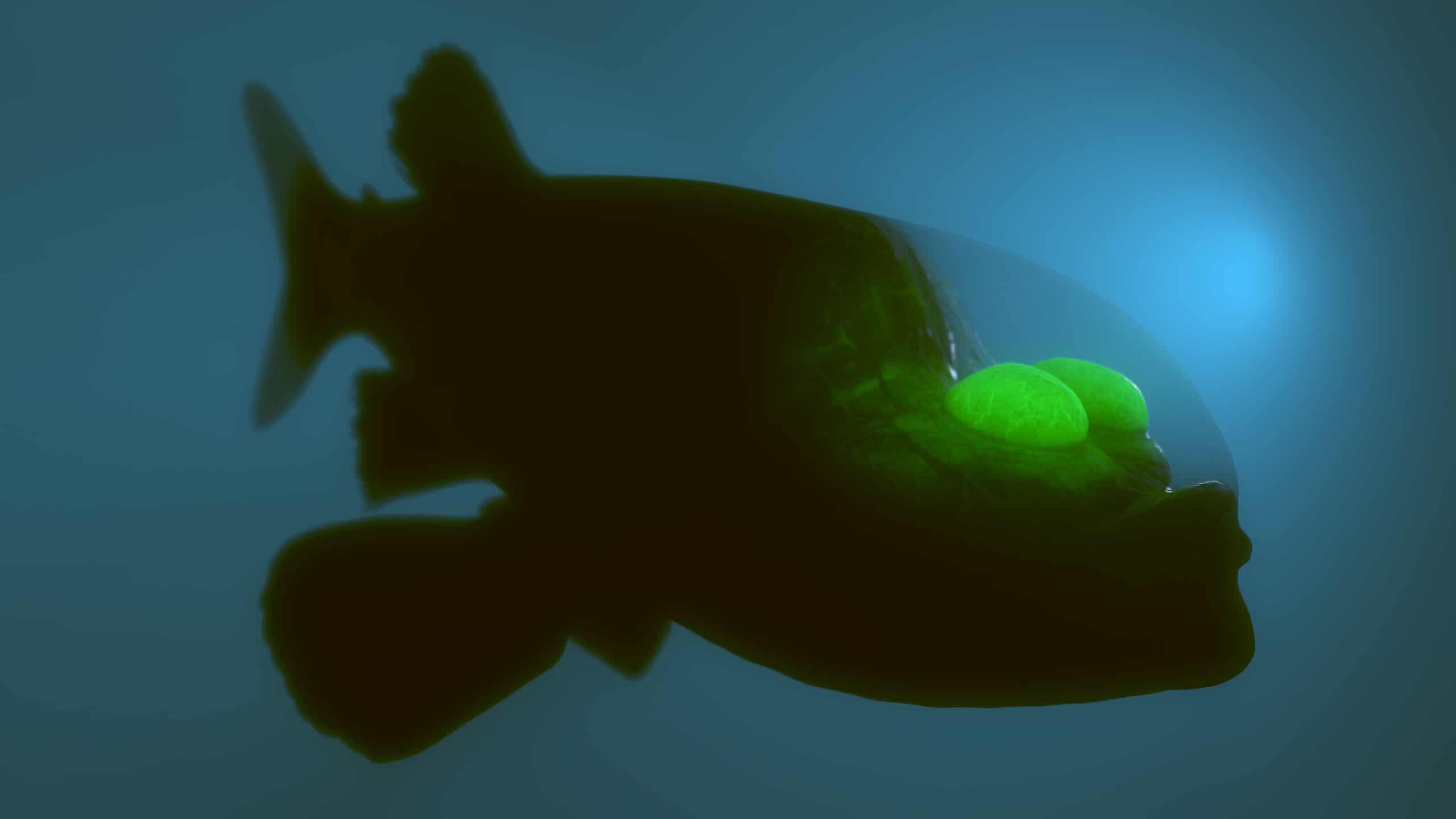
Barreleye fish are also known as spook fish.
©3DSam79/Shutterstock.com
They have tubular eyes that direct straight upwards.
8. Larvacean (Copelata)
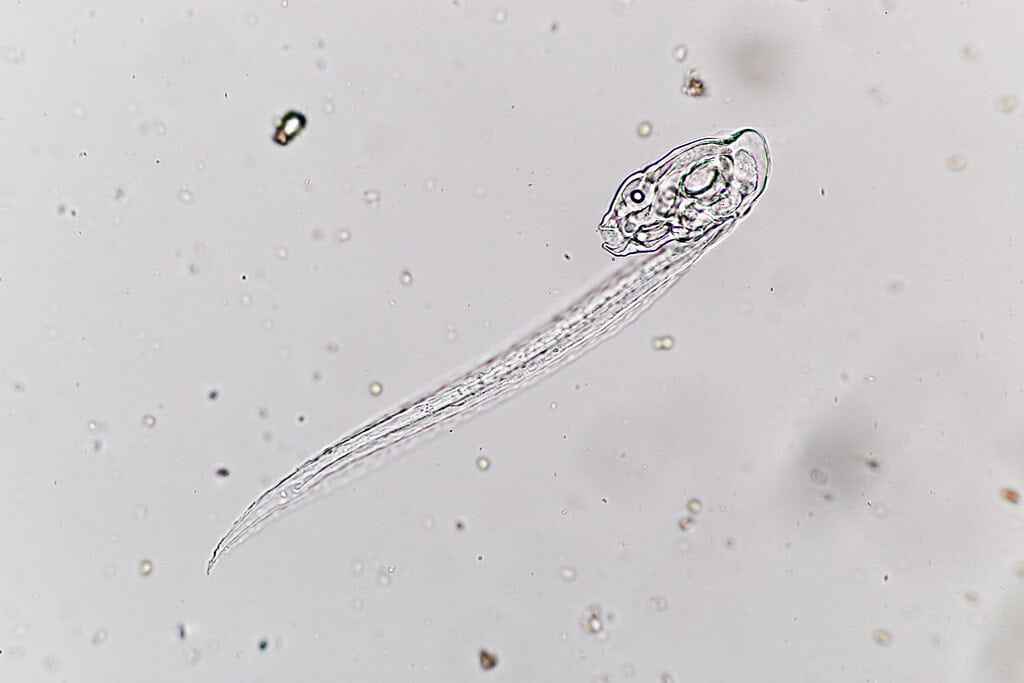
Their identity was first suggested in 1851.
©Rattiya Thongdumhyu/Shutterstock.com
Even as adults, larvaceans look like little tadpoles.
9. Giant Squid (Architeuthis dux)
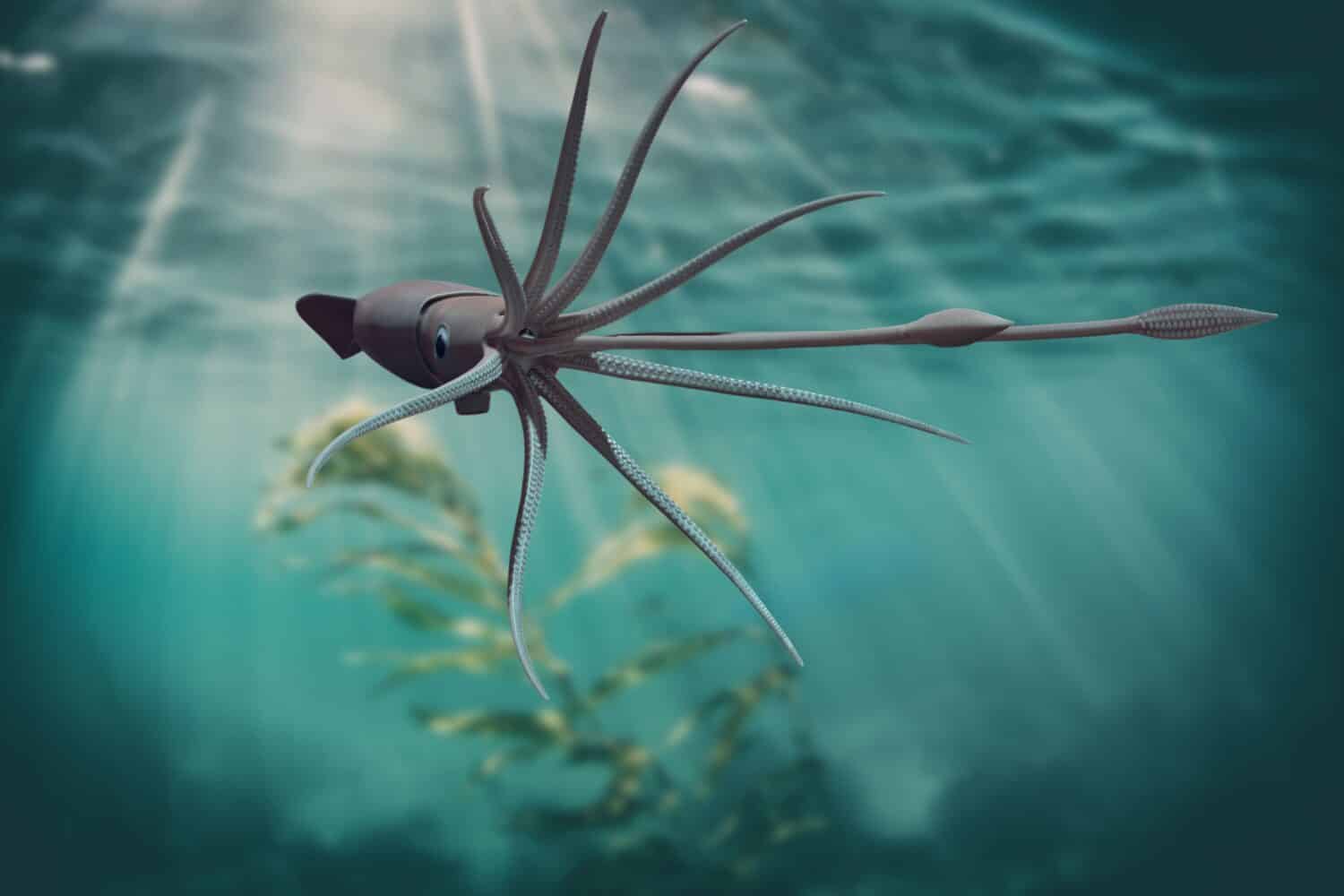
These squids get their name honestly, as they can grow up to 43 feet.
©InnovationWorld/Shutterstock.com
Giant squids are well-known animals, but scientists still don’t know much about them.
10. Stargazer Fish (Uranoscopidae)

There are about 51 species of stargazer fish.
©Mike Workman/Shutterstock.com
Stargazers are fish with upward-facing heads, eyes, and mouths.
11. Rice’s Whale (Balaenoptera ricei)

It’s thought that there are less than 100 individuals of Rice’s whales remaining.
©National Oceanic and Atmospheric Association (NOAA), Public domain, via Wikimedia Commons - Original / License
Rice’s whale weighs up to 60,000 pounds.
12. Jackie’s Day Gecko (Cnemaspis jackieii)

This newly discovered gecko looks similar to the psychedelic rock gecko above.
©reptiles4all/Shutterstock.com
Jackie’s day gecko was first discovered in 2021, and named after the famous Jackie Chan due to its nimble skills.
13. Demodex folliculorum

These mites are tiny and live within the hair follicles on human skin.
©PRILL/Shutterstock.com
These are little mites that everyone has experienced before because they live on your face.
14. Frilled Shark (Chlamydoselachus anguineus)

They get their name from the gill slits on their throat.
Because they’re so primitive, the frilled shark is considered a living fossil.
15. Squidworm (Teuthidodrilus samae)

Squidworms are found near the Tawi-Tawi Islands of the Philippines, pictured above.
©Gelbers/Shutterstock.com
These worms are free-swimming and are found in parts of the ocean below 6,690 feet.
16. False Killer Whale (Pseudorca crassidens)
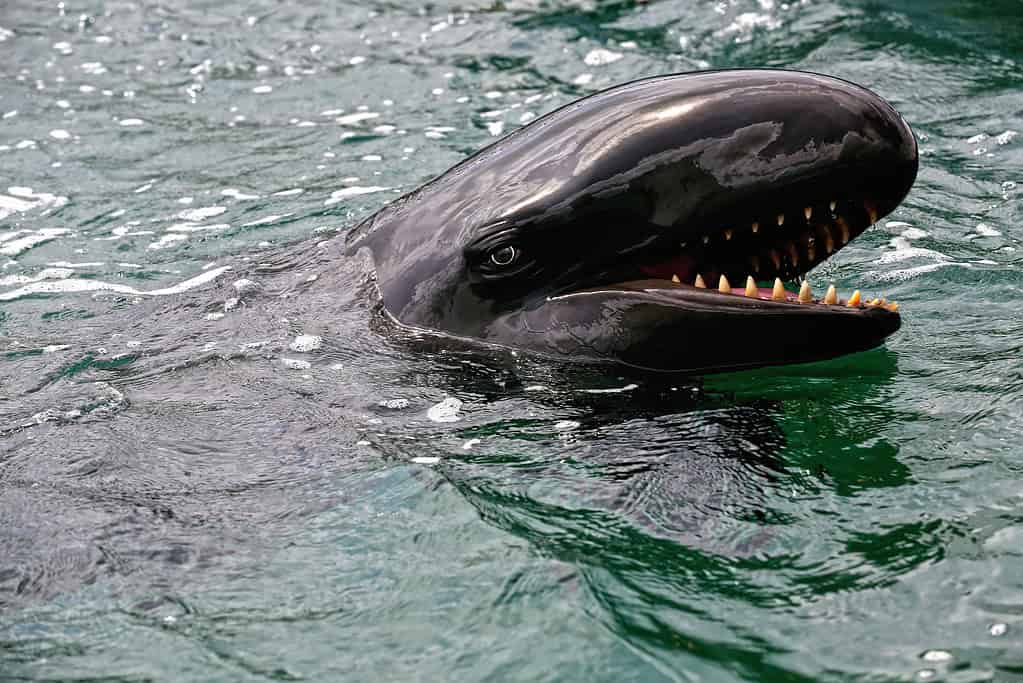
This species can form pods with different dolphin species.
©DebraMcGuire/iStock via Getty Images
False killer whales get their names due to their similar skill structure to orcas.
17. Goblin Shark (Mitsukurina owstoni)

For a long time, this species was considered a junior version of an extinct shark species.
Goblin sharks are living fossils, descended from a lineage over 125 million years old.
18. Manduriacu Glass Frog (Nymphargas balionotus)
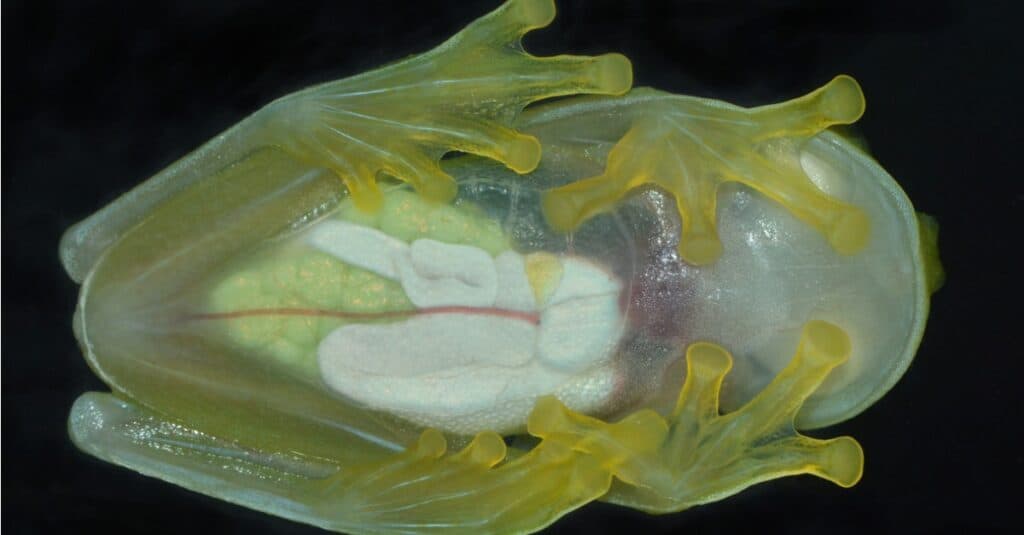
Glass frogs
are so-called because you can see through them.
©iStock.com/Maria Ogrzewalska
This frog has only been seen twice in the wild since 1975.
19. Pangolin (Pholidota)
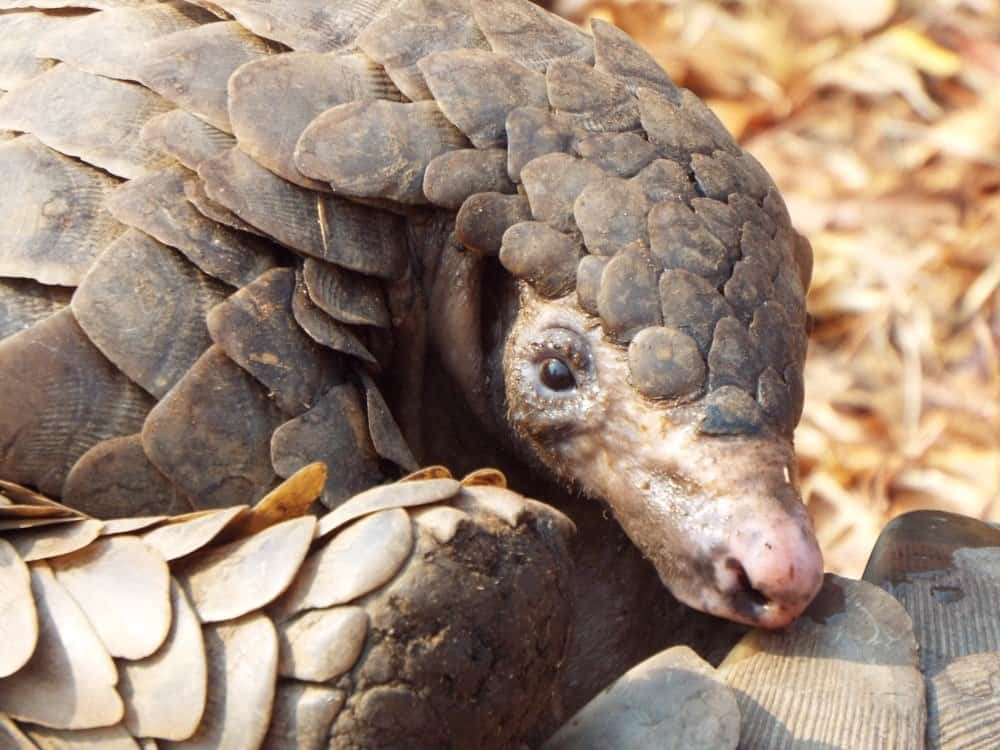
Due to heavy trafficking, these animals are set to go extinct.
©Patrick Fonseca/Shutterstock.com
There are eight species of pangolin, and all are protected.
20. Pacific Viperfish (Chauliodus macouni)
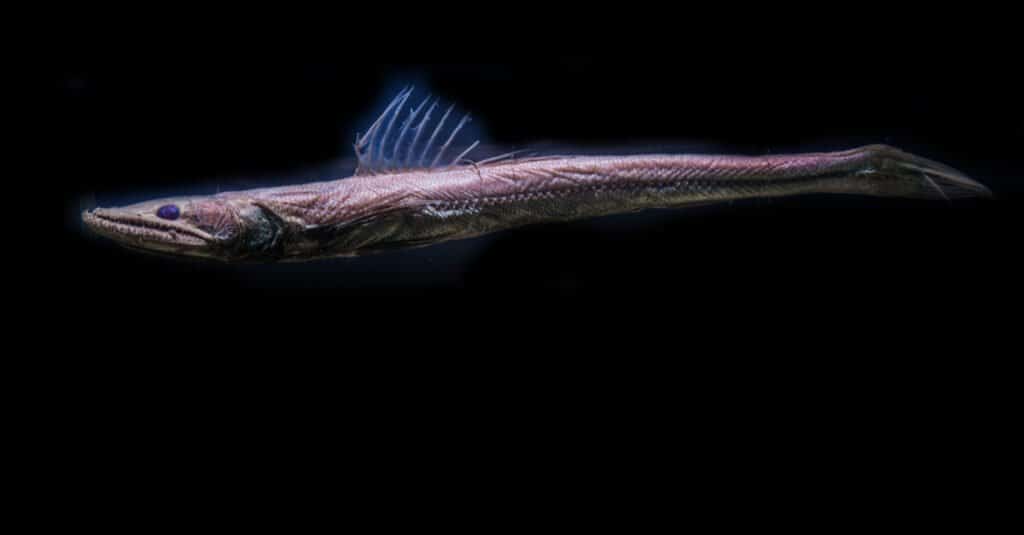
There are several species of viperfish, but the Pacific viperfish is the largest.
©superjoseph/Shutterstock.com
This species of fish is either mesopelagic or bathypelagic.
21. African Golden Cat (Caracal aurata)

The African golden cat is only found in West and Central African rainforests.
22. Elephant Shrew (Macroscelididae)

Despite their name, these animals are neither shrews nor elephants.
©iStock.com/phototrip
Elephant shrews get their name from their long noses and appearance similar to a shrew.
23. Southern Darwin’s Frog (Rhinoderma darwinii)
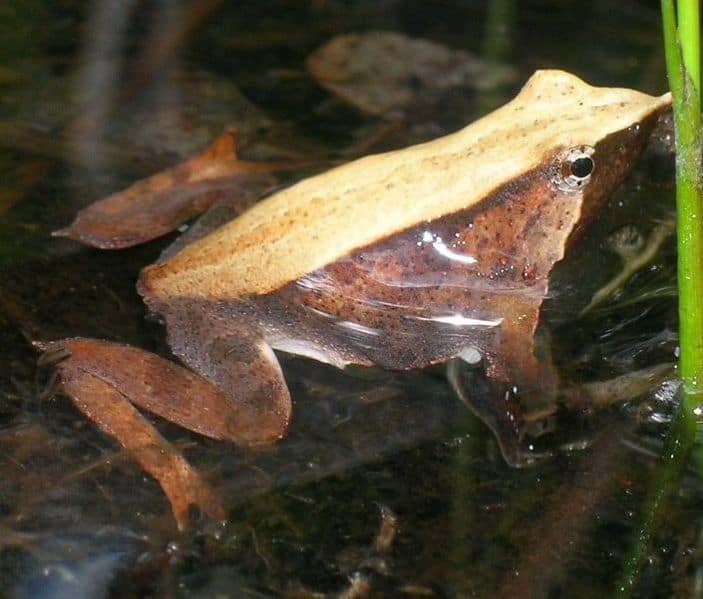
The male frogs hold the tadpoles in their vocal sacs.
©Mono Andes / Creative Commons - Original
This frog earned its name because Charles Darwin was the one to discover it.
24. Giraffe Weevil (Trachelophorus giraffa)
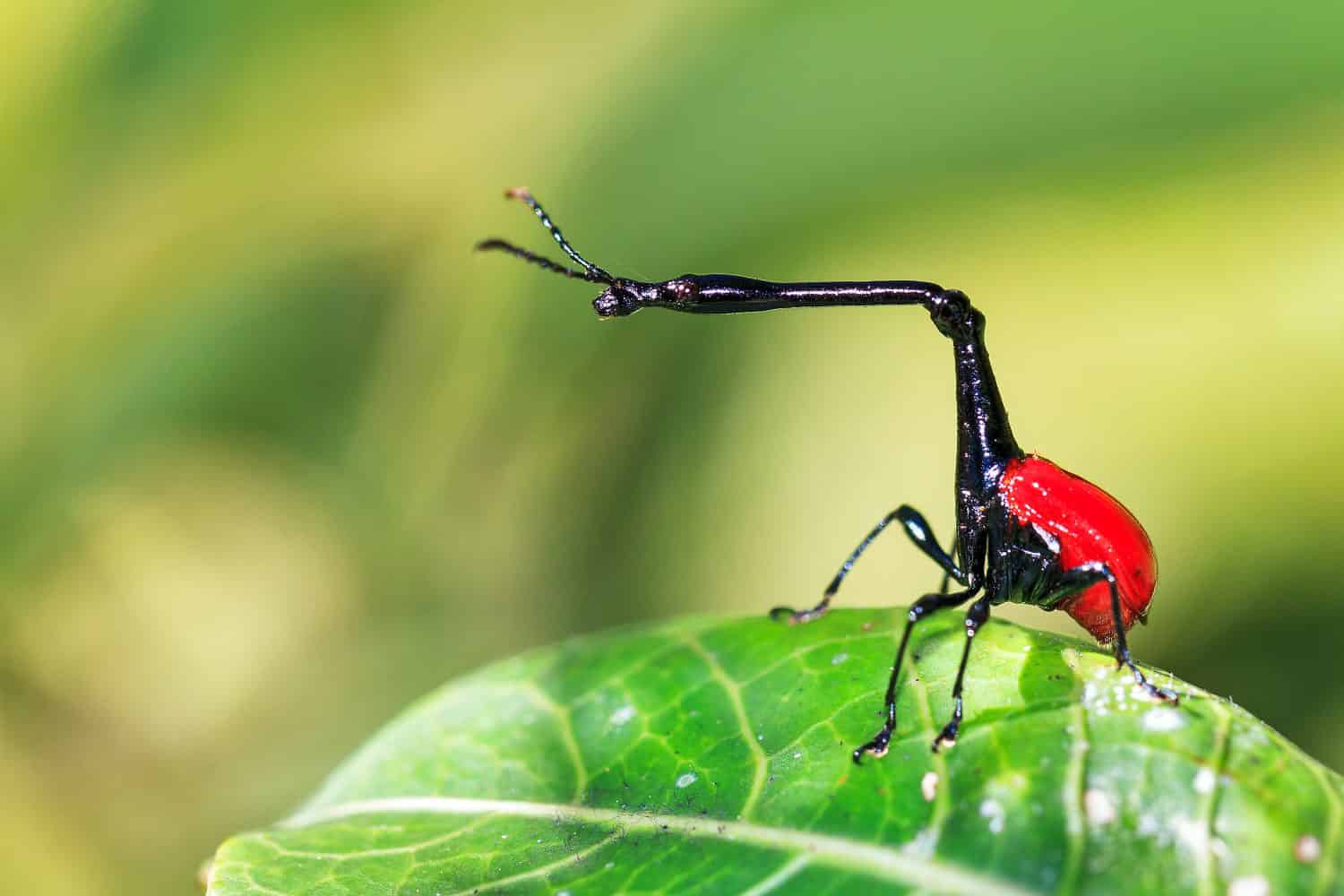
Their long necks are used to build nests, attract mates, and fight other males.
©Dennis van de Water/Shutterstock.com
The giraffe weevil is endemic to Madagascar.
25. Wolfgang Böhme’s Ethiopian Chameleon (Trioceros wolfgangboehmei)

Unlike Jackson’s chameleon, above, this chameleon often has more well-developed dorsal crests.
©Movingsaletoday edited by Muhammad, Public domain, via Wikimedia Commons - Original / License
This chameleon grows to roughly six inches in length.
26. The Black Spotted Cuscus (Spilocuscus rufoniger)
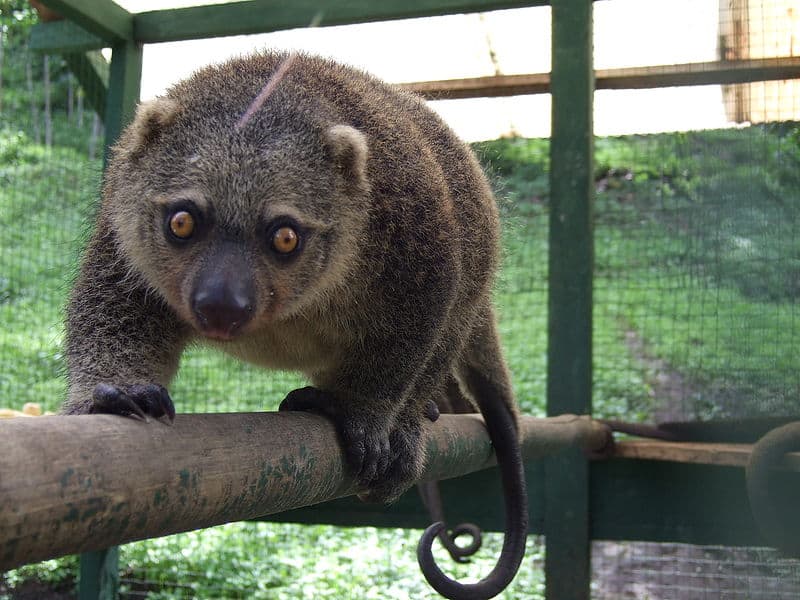
The only species bigger than the black-spotted cuscus is the bear cuscus.
©Sakurai Midori / Creative Commons - Original
This cuscus is the second largest of the family.
Thank you for reading! Have some feedback for us? Contact the AZ Animals editorial team.








